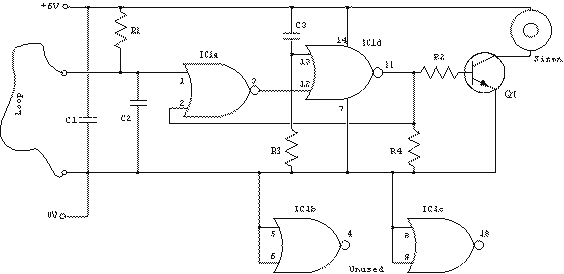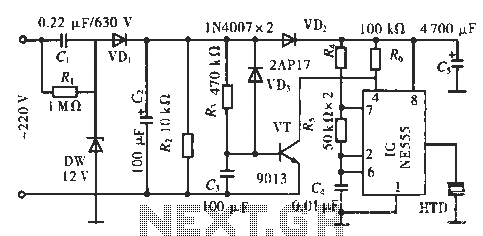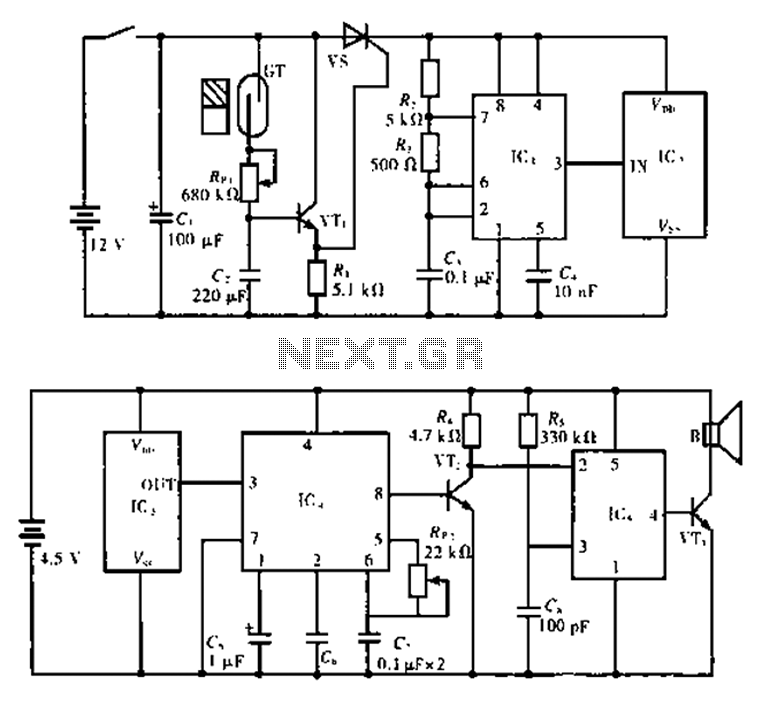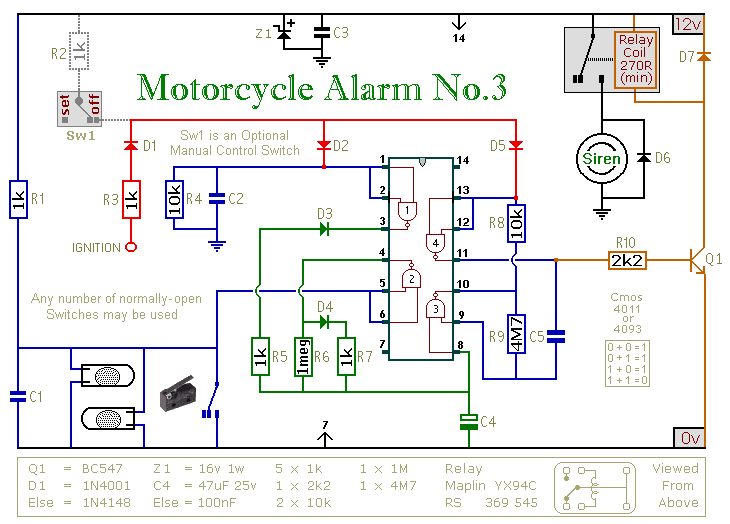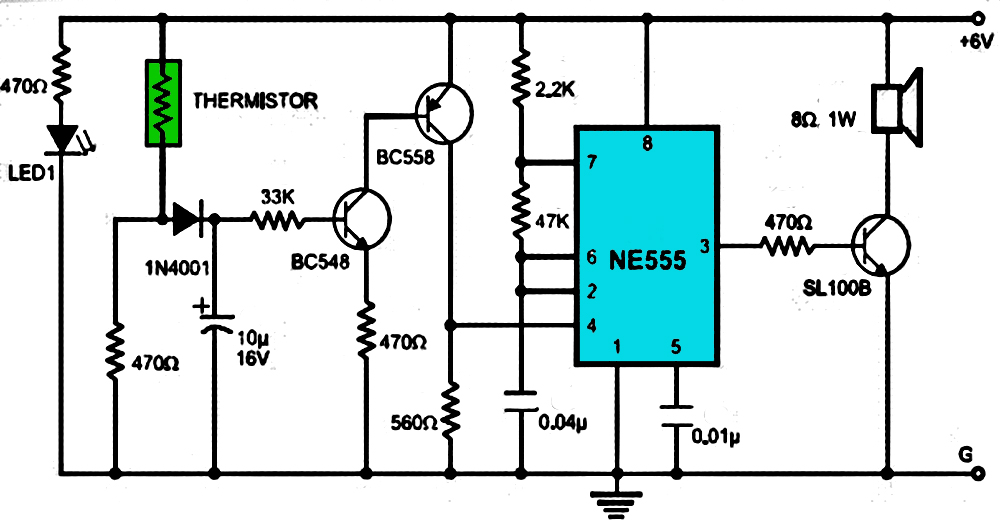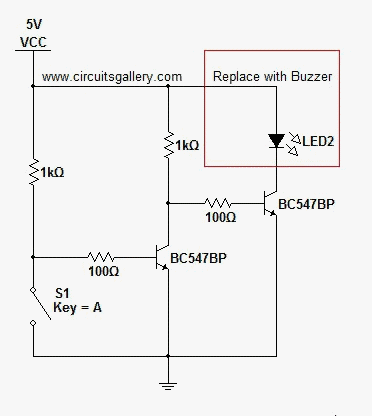
SPY 5000 two-way motorcycle alarm into a Honda 1998 CB250 Nighthawk

This document outlines the installation process for a SPY5000 two-way motorcycle alarm on a 1998 Honda CB250 Nighthawk motorcycle.
The SPY5000 two-way motorcycle alarm system is designed to enhance the security of motorcycles by providing features such as remote arming and disarming, real-time alerts, and various sensors to detect unauthorized access. The installation process involves several key steps to ensure proper functionality and integration with the motorcycle's electrical system.
1. **Preparation**: Gather all necessary tools and components, including the SPY5000 alarm unit, wiring harness, and any additional sensors or accessories that may be included in the kit. It is advisable to review the user manual for specific instructions related to the model.
2. **Disconnect the Battery**: Before beginning the installation, disconnect the motorcycle's battery to prevent any short circuits or electrical damage during the process.
3. **Mounting the Alarm Unit**: Choose a secure location on the motorcycle to mount the alarm unit, typically under the seat or in a compartment that is not easily accessible. Ensure that the unit is protected from moisture and debris.
4. **Wiring Connections**: Carefully connect the alarm's wiring harness to the motorcycle's electrical system. This includes connecting to the ignition circuit, battery, and any additional sensors such as shock or tilt sensors. It is crucial to follow the wiring diagram provided in the installation manual to avoid incorrect connections that could lead to malfunction.
5. **Sensor Installation**: If the alarm system includes additional sensors, such as a shock sensor or a tilt sensor, install them in appropriate locations on the motorcycle. These sensors should be positioned to detect movement or tampering effectively.
6. **Testing the System**: After all connections have been made and secured, reconnect the motorcycle battery and test the alarm system. Ensure that all features, including remote functions and sensor alerts, are operational.
7. **Final Adjustments**: Make any necessary adjustments to the sensitivity settings of the sensors and ensure that the remote control is functioning correctly.
By following these steps, the SPY5000 two-way motorcycle alarm can be effectively installed on a 1998 Honda CB250 Nighthawk motorcycle, providing enhanced security and peace of mind for the owner. Proper installation and testing are critical to ensure reliability and performance of the alarm system.This Instructable describes the installation of a SPY5000 two way motorcycle alarm with a Honda 1998 CB250 Nighthawk motorcycle. This Alarm is rat.. 🔗 External reference
The SPY5000 two-way motorcycle alarm system is designed to enhance the security of motorcycles by providing features such as remote arming and disarming, real-time alerts, and various sensors to detect unauthorized access. The installation process involves several key steps to ensure proper functionality and integration with the motorcycle's electrical system.
1. **Preparation**: Gather all necessary tools and components, including the SPY5000 alarm unit, wiring harness, and any additional sensors or accessories that may be included in the kit. It is advisable to review the user manual for specific instructions related to the model.
2. **Disconnect the Battery**: Before beginning the installation, disconnect the motorcycle's battery to prevent any short circuits or electrical damage during the process.
3. **Mounting the Alarm Unit**: Choose a secure location on the motorcycle to mount the alarm unit, typically under the seat or in a compartment that is not easily accessible. Ensure that the unit is protected from moisture and debris.
4. **Wiring Connections**: Carefully connect the alarm's wiring harness to the motorcycle's electrical system. This includes connecting to the ignition circuit, battery, and any additional sensors such as shock or tilt sensors. It is crucial to follow the wiring diagram provided in the installation manual to avoid incorrect connections that could lead to malfunction.
5. **Sensor Installation**: If the alarm system includes additional sensors, such as a shock sensor or a tilt sensor, install them in appropriate locations on the motorcycle. These sensors should be positioned to detect movement or tampering effectively.
6. **Testing the System**: After all connections have been made and secured, reconnect the motorcycle battery and test the alarm system. Ensure that all features, including remote functions and sensor alerts, are operational.
7. **Final Adjustments**: Make any necessary adjustments to the sensitivity settings of the sensors and ensure that the remote control is functioning correctly.
By following these steps, the SPY5000 two-way motorcycle alarm can be effectively installed on a 1998 Honda CB250 Nighthawk motorcycle, providing enhanced security and peace of mind for the owner. Proper installation and testing are critical to ensure reliability and performance of the alarm system.This Instructable describes the installation of a SPY5000 two way motorcycle alarm with a Honda 1998 CB250 Nighthawk motorcycle. This Alarm is rat.. 🔗 External reference
Warning: include(partials/cookie-banner.php): Failed to open stream: Permission denied in /var/www/html/nextgr/view-circuit.php on line 713
Warning: include(): Failed opening 'partials/cookie-banner.php' for inclusion (include_path='.:/usr/share/php') in /var/www/html/nextgr/view-circuit.php on line 713
